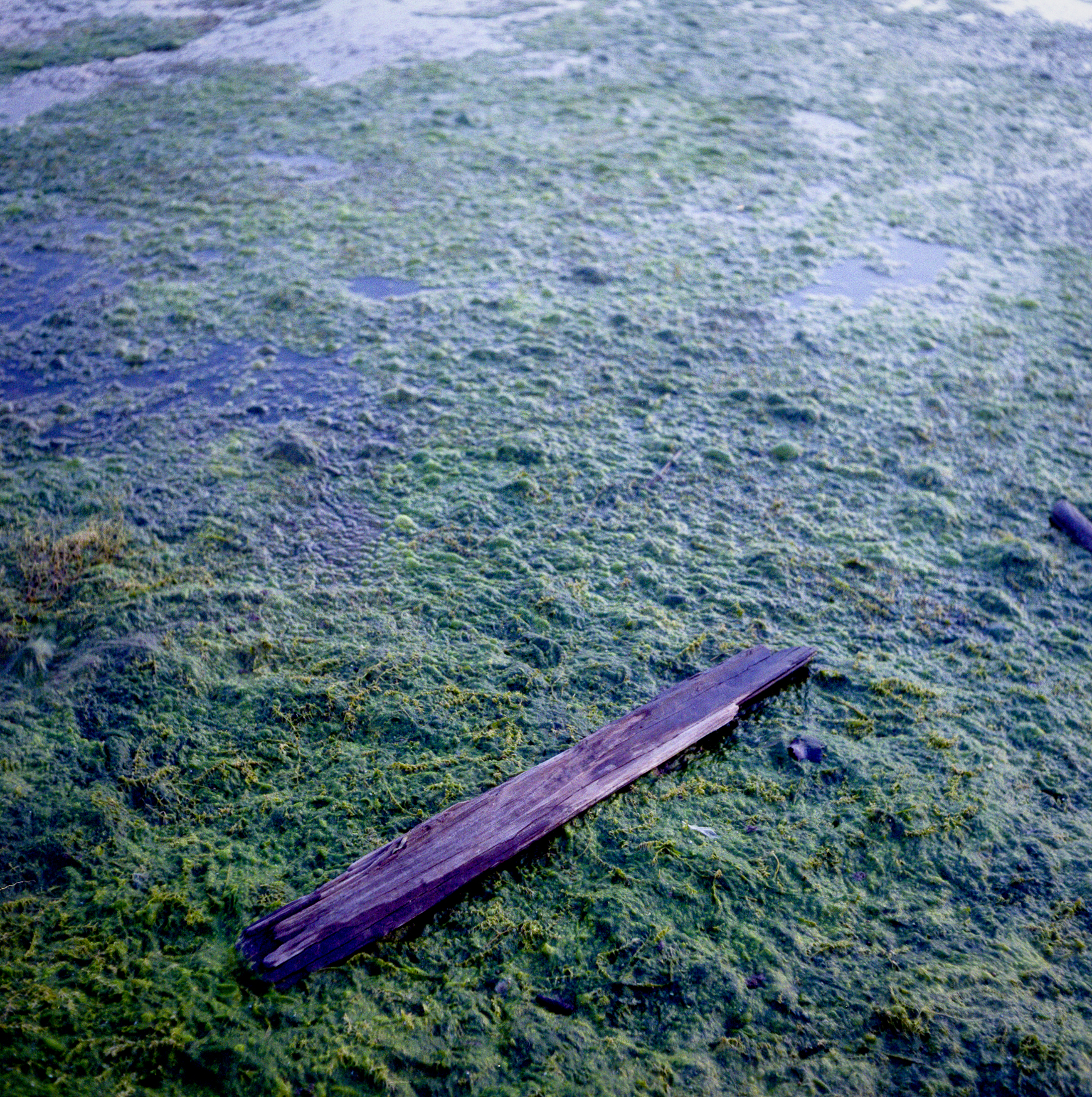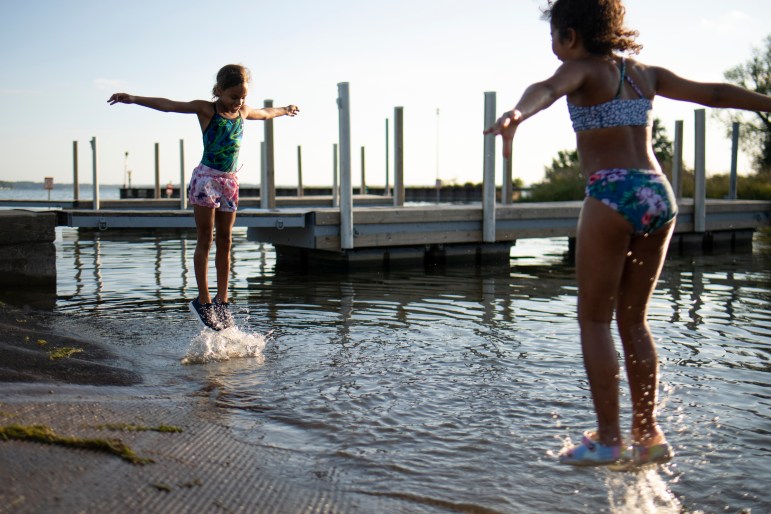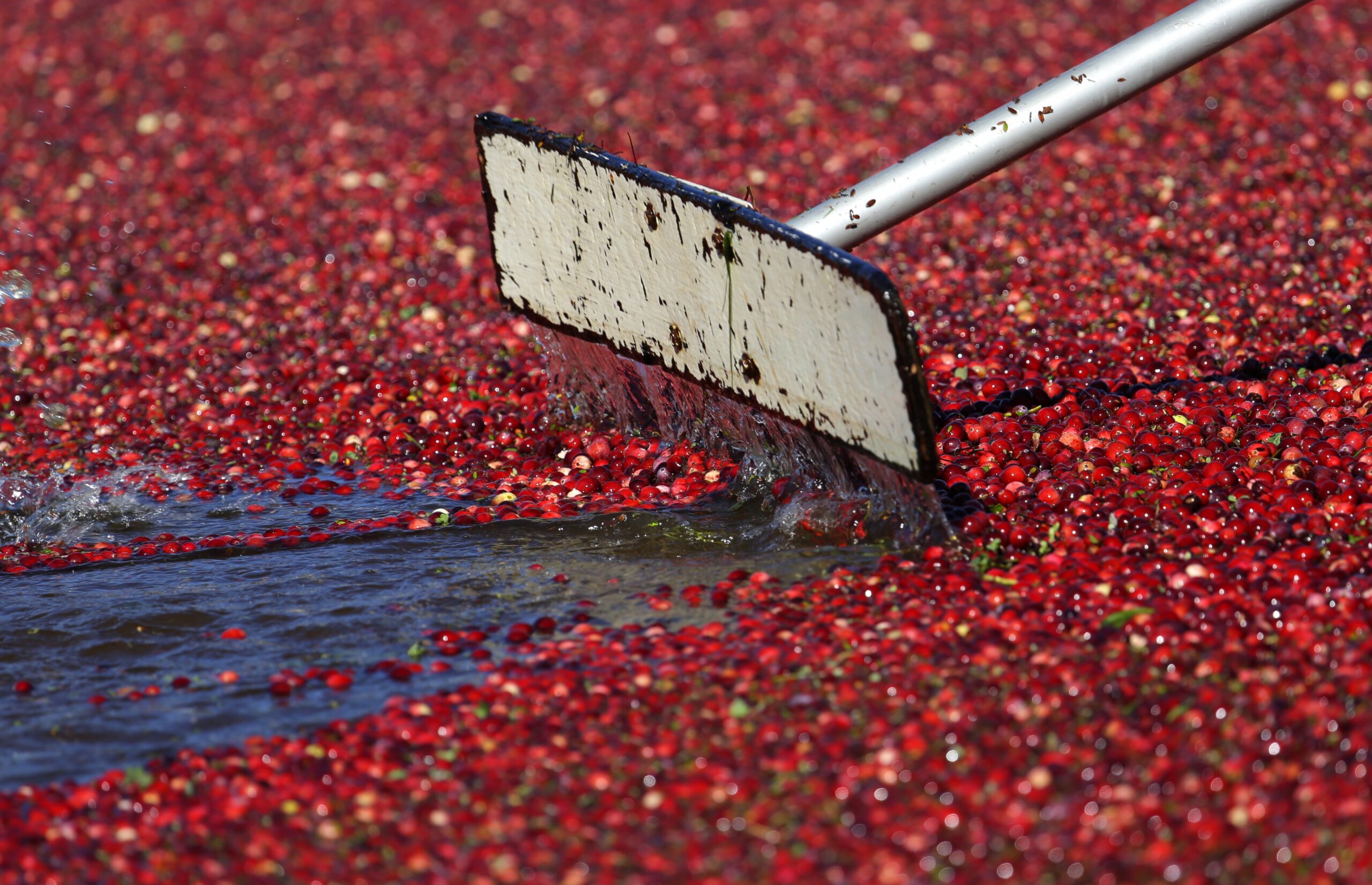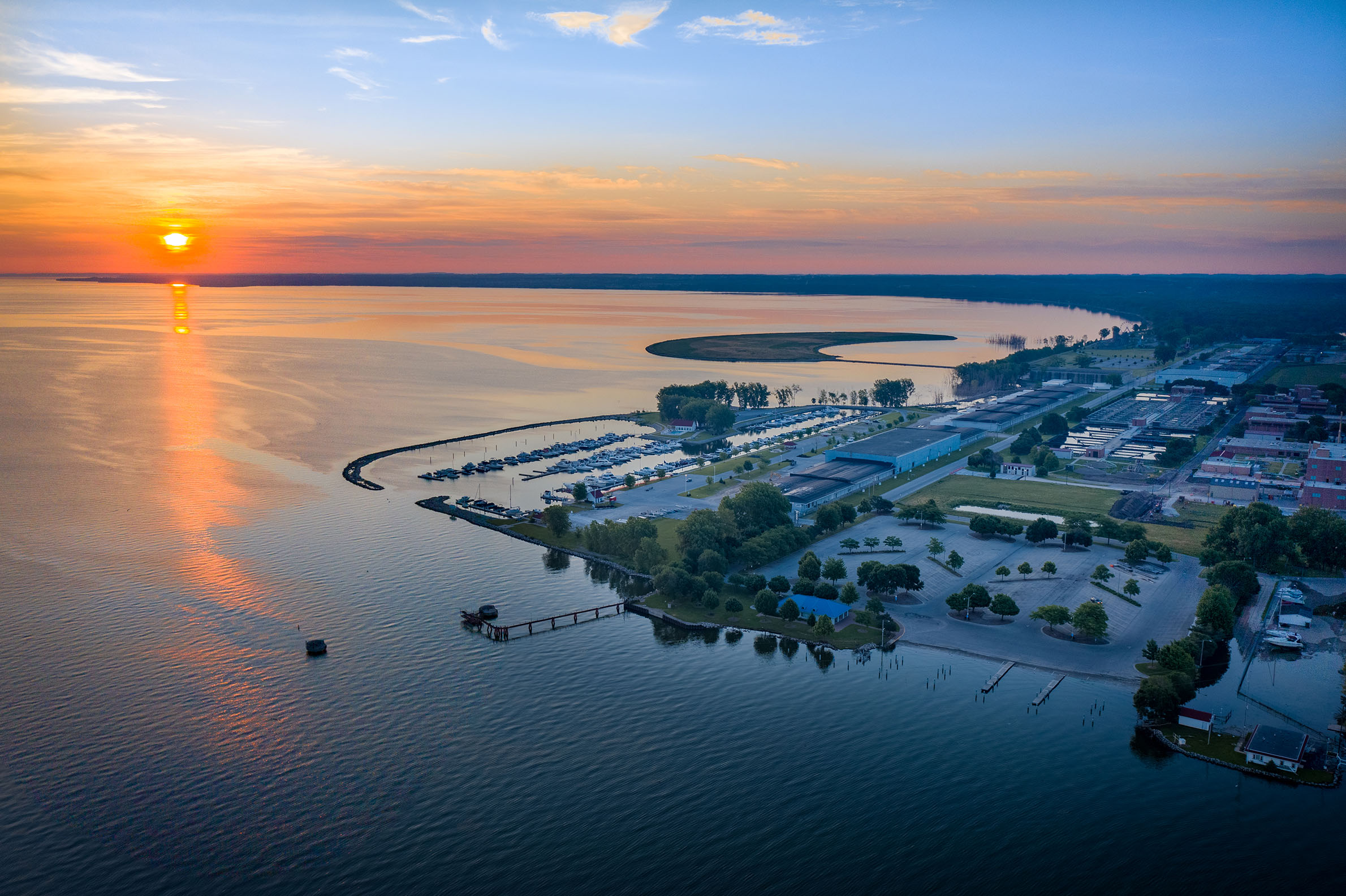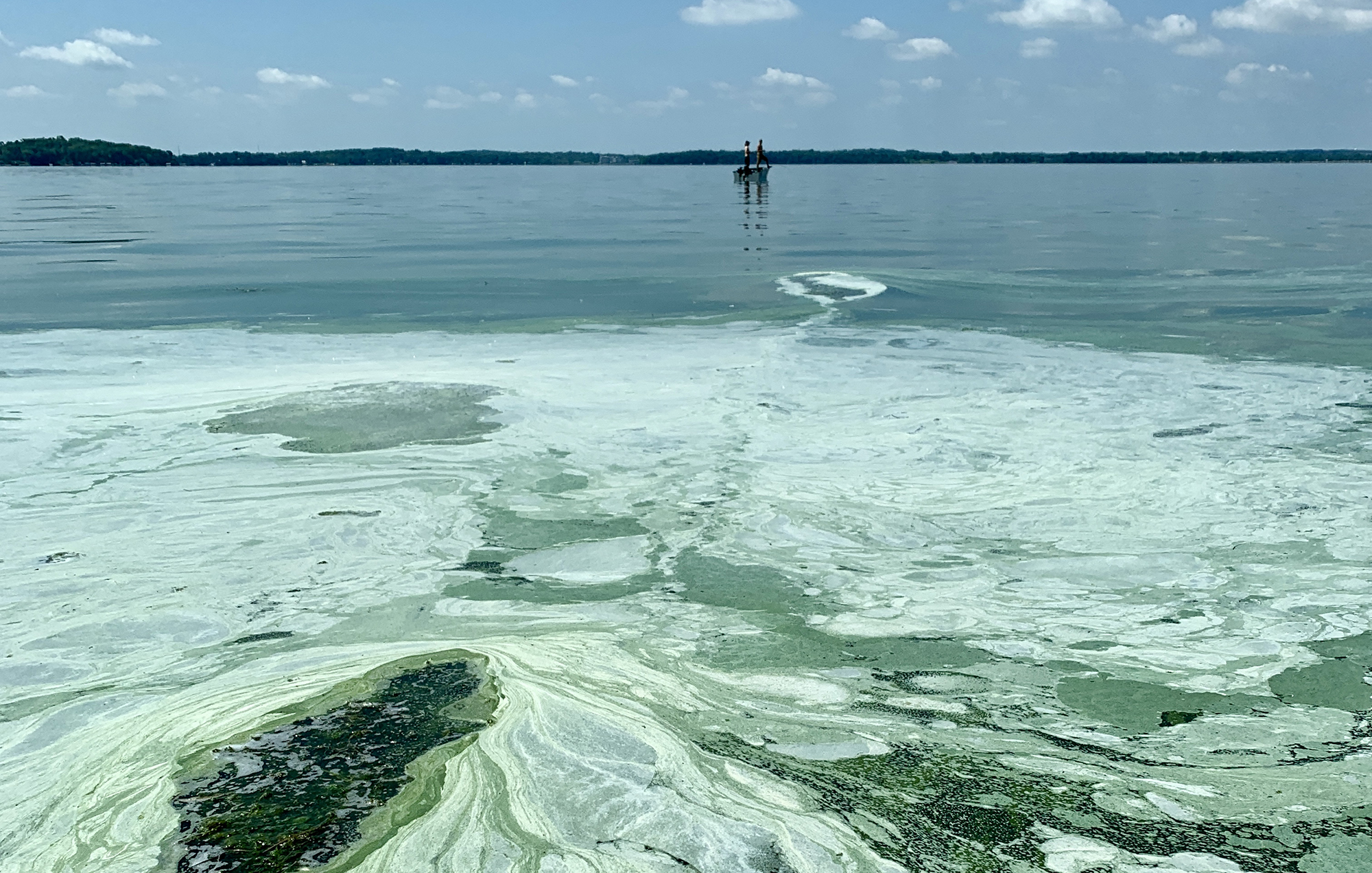The algae problem that caused the water in Toledo, Ohio, to be undrinkable for a few days this week is also focusing attention on other parts of the Great Lakes, like the waters of Green Bay.
Some people in Toledo and southeast Michigan are drinking tap water again, but officials are also urging water conservation so that treatment plant chemicals can better neutralize toxic algae in Lake Erie.
While in Milwaukee on Thursday, Susan Hedman, U.S. Environmental Protection Agency regional administrator, said that the waters of Green Bay have significant algal blooms
Stay informed on the latest news
Sign up for WPR’s email newsletter.
“It’s possible that conditions could be ripe for the development of blue-gree algae and other types of harmful algal blooms,” Hedman said.
Possible, but Hedman said that like in some other parts of the Great Lakes, federal restoration dollars are being spent to reduce phosphorus pollution in the Green Bay.
Is it enough spending?
“It is an ongoing effort and it is something that is going to require even more effort going forward,” she said.
An environmental group, the Alliance for the Great Lakes, praises EPA officials’ effort in Green Bay, and hails state of Wisconsin’s attempts to reduce phosphorus released from sewage treatment plants and runoff from farm fields.
However, the alliance’s Lyman Welch said that it might be time to have more than voluntary measures.
“These voluntary practices have not gotten the job done. And it’s important that we look at the entire watershed and really address all sources of phosphorus pollution,” Welch said.
Welch said that there needs to measurable reductions in phosphorus loading to the Great Lakes within a firm timeframe. Otherwise, people in Toledo and maybe other lakeside locations will be back on bottled drinking water.
Wisconsin Public Radio, © Copyright 2024, Board of Regents of the University of Wisconsin System and Wisconsin Educational Communications Board.
